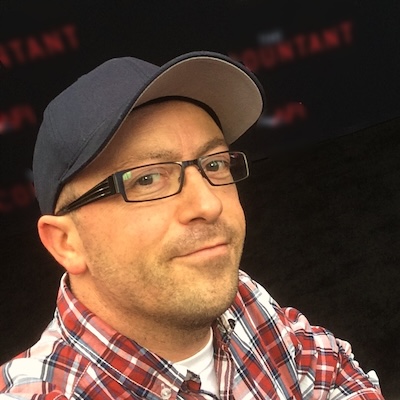“The Conjuring: Last Rites” Production Designer John Frankish on Creating the Hellish Smurl House
Production designer John Frankish knew instantly that making the homes the dark heart of The Conjuring: Last Rites was the way to go. From there, everything else would fall into place.
Directed by Michael Chaves, the ninth installment in The Conjuring Universe finds Patrick Wilson and Vera Farmiga’s paranormal investigators, Ed and Lorraine Warren, taking on what could be their most insanely terrifying case yet—and that’s saying something. Over the course of their career, the Warrens have faced an accursed witch named Bathsheba stalking the Perron family’s farmhouse in the original The Conjuring (2013), the Enfield Poltergeist in The Conjuring 2, and a Raggedy Ann doll from hell in the Annabelle spin-off trilogy. Last Rites, inspired by the Smurl family’s real-life supernatural experiences in Pennsylvania, was the couple’s final case.
Here Frankish, who has previously worked on Mamma Mia! Here We Go Again, and was art director on Gosford Park, X-Men: First Class, and 2017’s The Mummy, reveals the challenges behind that creepy mirror, building a house of horrors from top to bottom, and the golden rule of production design.
Was there one element of the production design you knew you needed to crack first?
The Smurl house was the first thing. The house still exists on Chase Street in Pittston. Michael was very conscious that when people saw the film and then went online and looked at the place, they would see exactly what it was. It’s not a working-class area, but Michael wanted to evoke a down-at-heel feeling, like the Pennsylvania depicted in The Deer Hunter or Flashdance, so we began developing a Chase Street that was more blue-collar. Then came the idea of the steel mill at the end of the road, and that works beautifully at night. The real Smurl house is a duplex, so it’s quite a big structure for a working-class house. It’s two homes, so it’s split straight down the middle; the grandparents used to live on the left-hand side, and the family lived on the right. The only difference between our exterior and the real one is that we’ve removed one of the front doors, allowing us to open up the inside space, and the film has the grandparents living with them in the house. We also built two neighboring houses and a little bit of the opposite side of the road as set extensions. VFX did a fantastic job with the rest and cut and pasted a lot of our architecture.
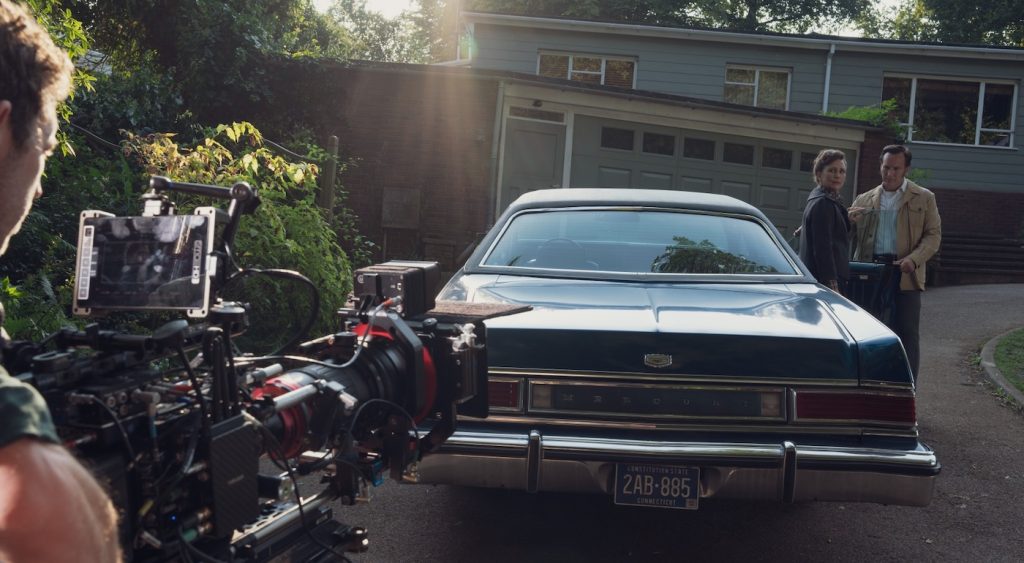
This was shot in the UK, so were a lot of the items in that room brought over from the US and reused?
Well, you would think. It’s true of many films that when filming finishes, things disappear, so, no, not everything was available to us. We had one Annabelle doll, but it was the wrong one, so we had to remake that. Annabelle has slightly changed her look over the years. Richard Van Den Bergh, our special effects guy, did a fantastic job on that. We couldn’t find the Crooked Man Zoetrope used in The Conjuring 2, so we had to rebuild it as well, but we did have the Nun painting. With the Samurai costume, it was a whole thing finding that again, but elsewhere, we were able to pull together enough objects to make it recognizable.
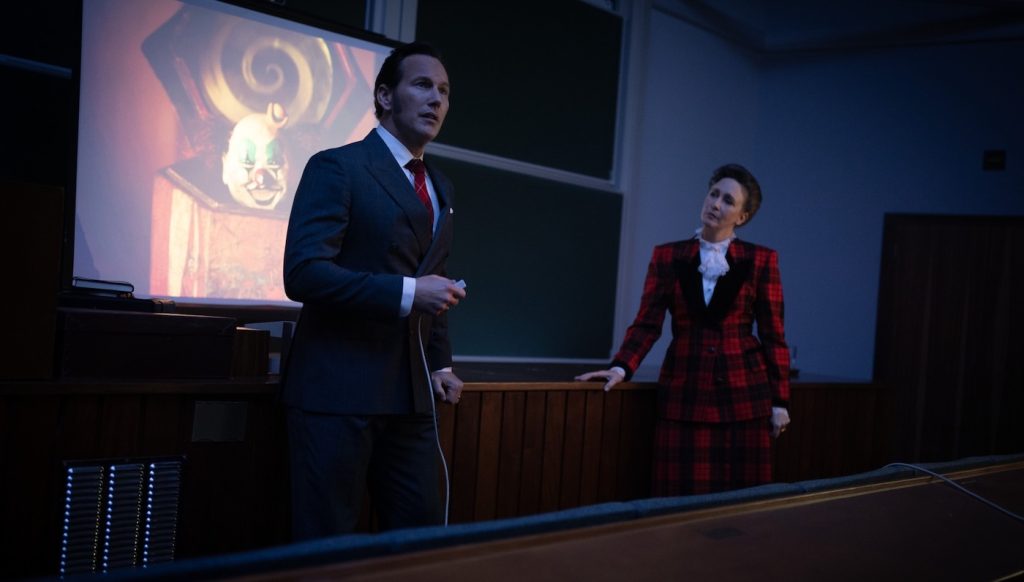
The mirror has a very distinct design, and it is a character in its own right. Was that look detailed in the script?
No, not at all. It was only described as an antique mirror. We reviewed thousands of them, so it was a lengthy process. I wanted something simpler and almost monolithic like the slab from 2001: A Space Odyssey. Michael wanted to lean into what we thought of as audience expectations, so we examined a wide range of Bavarian and German wood carvings, similar to those found in old churches. In the end, we decided on three cherubs and a mother figure because three ghosts were haunting the Smurls. One morning, we had a variety of design images displayed on the wall and asked the rest of the crew to put a Post-it note on their favorite one. We had to make that decision quite early on. We couldn’t use real glass because it would be used in action, and we didn’t want to risk that, so a lot of the time it’s polished metal. Ultimately, we had approximately 15 or 16 mirrors of varying sizes. We had a ten percent and a 15 percent larger one, and we had them with different mounts so we could attach them to the dolly. We also had a stunt one that was rubber. Much of that work was thanks to our prop master, David Balfour. The sculpting process lasted two or three weeks, but we didn’t get the sculpt quite right at first. It wasn’t quite gloomy or threatening enough, so we went back and did that again. Once we had that right, it was a question of casting the frames and getting them painted and aged properly to look particularly gruesome.
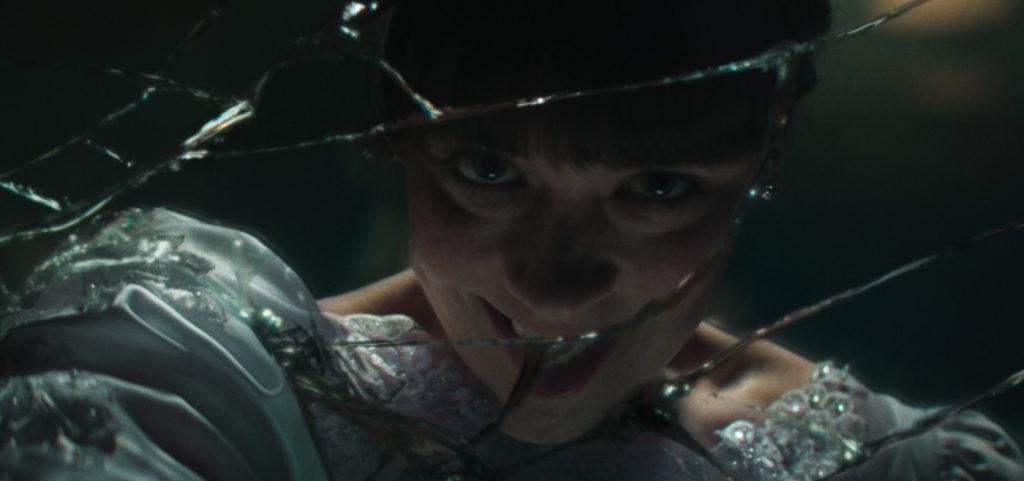
Do you have a preferred team of UK creatives you like to work with?
You can’t always guarantee that you’ll get the same people. However, over the years, you learn to trust that even if you’re working with new people, if they’ve been working in the UK and London, there is an expectation that they’ll have a good, solid understanding of what’s required. I’ve rarely been disappointed. The only time you focus a little more on that is when you’re doing any sculpting or scenic art; there are only a few people you would really trust with that. When it comes to the general art department and core crew, from assistants to draftsmen and art directors, I work with the same people as much as I can, just for ease.
Was there a Style Bible to follow for a film in The Conjuring Universe?
We delved into the Conjuring world because it offers a powerful visual aesthetic and a clear through-line for the story, which aligns with people’s expectations. For the Smurl house, I wanted to lean into the 80s, but like any house, they don’t decorate every five years, so a lot of the furnishings and wall coverings were more 70s. Initially, I thought it made it look too retro, but once you’re outside in the world, in the other places in the film, it feels right. Graham Churchyard did a fantastic job with the costumes as well. He was able to bring that 80s vibe into the space. Michael was very keen to let people take authorship, and the studio and producers were very hands-off
What was the biggest challenge that you are most happy about overcoming?
We didn’t have the ending when we started, and I didn’t put any thought at all into the upstairs hallway. We knew the attic would be a set piece; we put a lot of work into the basement with the pool of blood and the house itself. However, once we decided they were going to crash through the floor of the attic, that upstairs hallway becomes quite key. It’s a little under-designed, so I was concerned about that, but in the end, there’s enough going on at that point in the film to carry you through.
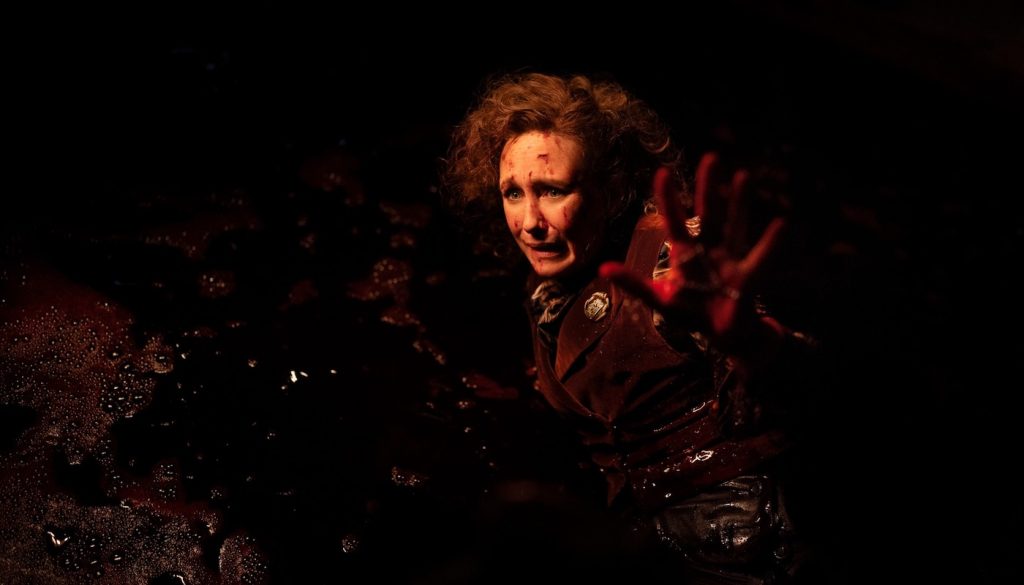
When it comes to horror production design, are there cardinal rules?
The cardinal rule of creating settings is the same for almost any film: ‘Don’t try to tell stories with the set.’ It rarely works. Good settings are like a good score in that they help tell and serve the story, but you shouldn’t really hear the music. It just comes in and goes out. There are moments when you want to hear the music, just as there are moments in the film when you want to see the set, and it’s essential to have those moments, but in general, they should serve the story. That is the rule, unless you have a horror film where the set needs to tell the story. I’m thinking of The Overlook Hotel in The Shining, and there’s Hill House in The Haunting. Funnily enough, if you remember in The Haunting, there’s that scene where Eleanor is in bed and there’s an oak leaf design in the wallpaper. That was one of our earlier thoughts about the mirror. We initially put an oak leaf design into our mirror and attempted to create the illusion of a face within the frame, but it all got a bit too convoluted.
The Conjuring: Last Rites is in theaters now.

